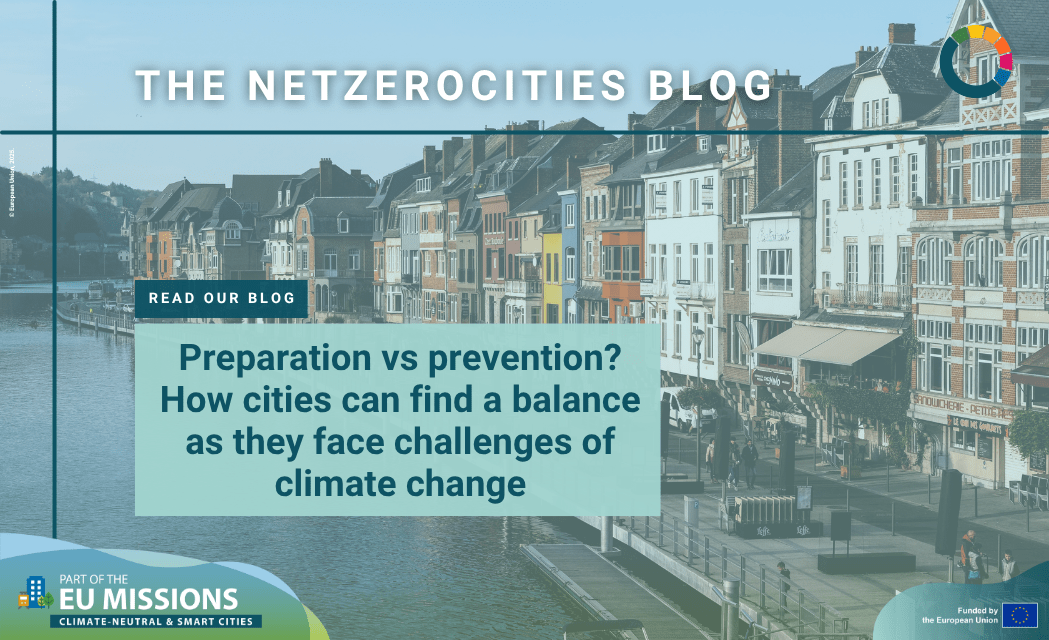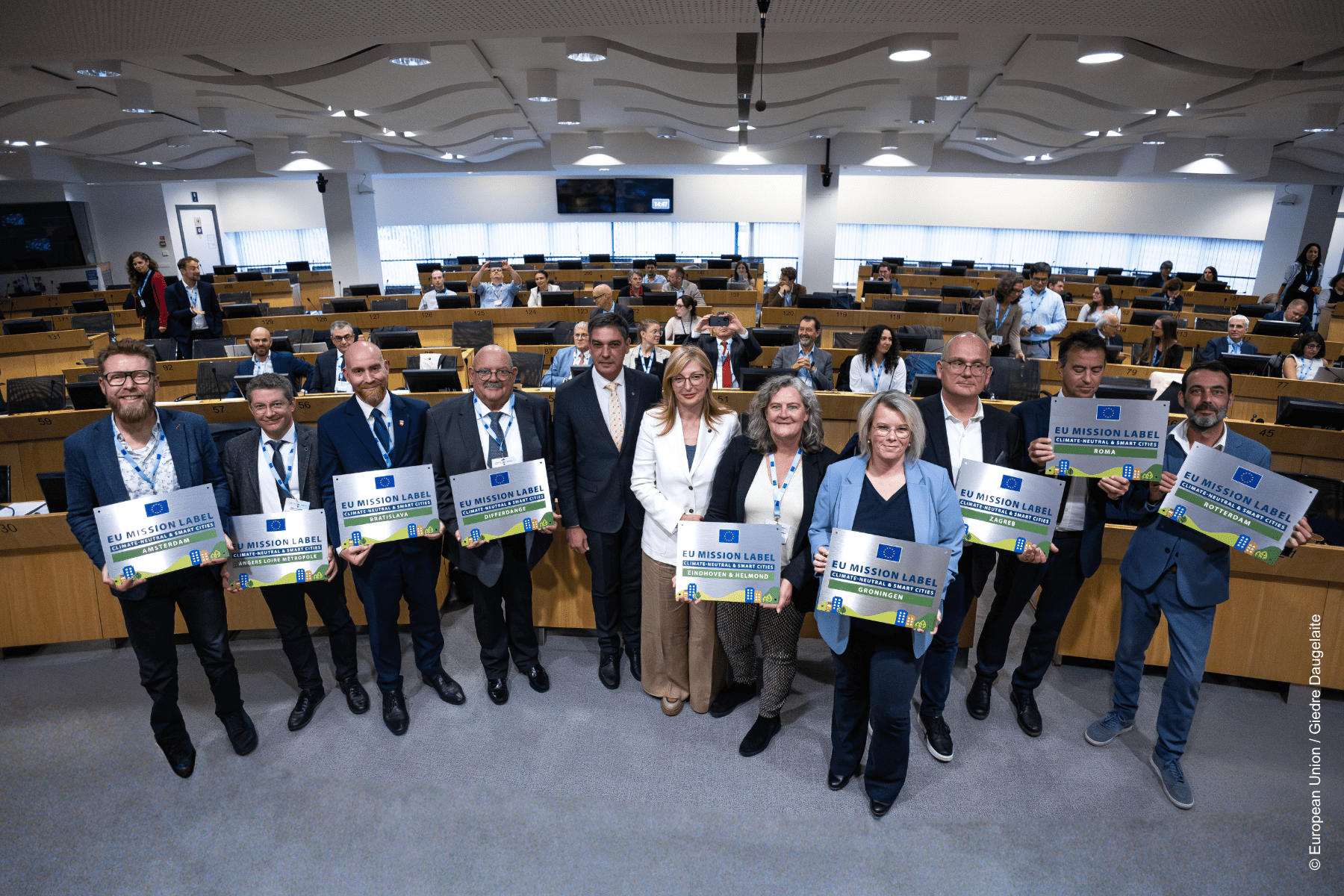Can a single neighbourhood become a testing ground for a city’s net-zero future? Milan’s Climate City Contract team is putting the theory into practice in the northeastern district of Adriano-Crescenzago-Lambro and report here on how urban experimentation, social equity, and ecological regeneration can work hand in hand to accelerate the climate transition.
Molecules of change
When facing a huge challenge, ‘start small’ can be helpful advice: breaking the problem down into manageable chunks can help to avoid becoming overwhelmed, while the mini successes of each completed task can build momentum and make progress more noticeable.
But what if the necessary speed of change demands more? How does going small step by small step get you quickly to your destination when giant leaps are called for?
Of course, this is a key question related to climate action. And through the EU Cities Mission, there is a novel opportunity to answer it, as cities of all sizes contribute to and acquire knowledge from this continental network of cities.
As one of the 112 Mission Cities, Milan is piloting a place-based approach to decarbonisation, focusing on specific urban areas, or molecole (molecules), where diverse initiatives, actors, and infrastructures intersect.
The Adriano-Crescenzago-Lambro district is the first such molecule – the area combines pressing social needs with advanced experimentation in energy, mobility, and nature-based solutions, making it an ideal candidate to test the kind of integrated urban regeneration Milan wants to scale – multiplying the outcomes from this ‘small’ area to make an outsized impact
And to encourage this effect, different types of local data will be essential, helping to establish a baseline to compare progress against and measure the benefits of urban regeneration projects and track decarbonisation over time.
On the ground: from housing to greening
The CLimate-neutrality through Integrated Molecular model for urBan regeneration with sustainable finance (CLIMB) project led an immersive study visit to the district, financed through the Enabling City Transformation programme, which invited Mission Cities to propose actions fostering large-scale, city-wide transformation for climate transition. CLIMB is led by the Municipality of Milan’s Urban Resilience Department, in partnership with Bocconi University’s Sustainable Urban Lab.
Participants – from public authorities to private companies and community representatives – explored a wide range of initiatives already driving urban decarbonisation, including:
- the energy renovation of social housing to tackle energy poverty,
- brownfield development that embeds zero-carbon principles,
- the expansion of sustainable mobility options such as bike lanes and electric charging points,
- innovative housing complexes that use digital tools to encourage energy-saving behaviours, and
- new green spaces that combine biodiversity, climate resilience, and wellbeing in dense urban areas.
The site visit gave stakeholders a chance to see the physical results of Milan’s climate efforts and imagine the future impacts of the interventions currently underway – and to reflect together on the conditions needed to replicate this kind of place-based transformation across the city.
From observation to co-creation
A week after a site visit, stakeholders gathered in Milan to turn observations into strategic actions for the city’s Climate City Contract. The workshop, marking the second phase of the initiative, focused on co-design, data sharing, and scenario building to strengthen the city’s net-zero coalition. Participants also compared the Crescenzago–Adriano–Lambro area with other urban molecules, exploring what conditions enable deep transformation, which governance or financing innovations are needed, and potential pitfalls to avoid.
Discussions highlighted three key priorities: buildings and energy, mobility, and nature-based solutions. Local energy production, efficiency upgrades in public housing, shared mobility schemes, and green spaces such as community gardens and river corridors emerged as crucial levers for climate action. Foreseen needs included:
- clear regulations,
- stronger public leadership,
- stable funding, and
- long-term maintenance.
Collaboration among citizens, businesses, and public authorities was seen as essential.
European case studies, academic insights, and pilot tools like the Transition Kit for Molecules helped guide the discussion toward practical outcomes, while the workshop showcased the area as a living lab for climate transition, giving stakeholders a space to test, learn, and scale solutions for a greener, more resilient future.
Next steps: scaling the molecule
With its dynamic catalogue of commitments and an expanding network of signatories, Milan’s Climate City Contract is evolving from a policy document into a shared urban agenda.
The Adriano-Crescenzago-Lambro molecule now serves as a reference point for what integrated, participatory, and climate-aligned regeneration can look like in practice. But more importantly, it is shaping the methods and mindset Milan will use to replicate this transition across the city and inspire other Mission Cities in Europe.
From district-scale housing upgrades to riverside biodiversity, Milan is proving that climate neutrality starts not just with ambition, but with neighbourhoods – the urban ‘molecules’ where solid territorial alliances can take shape and operational tools be tested.





